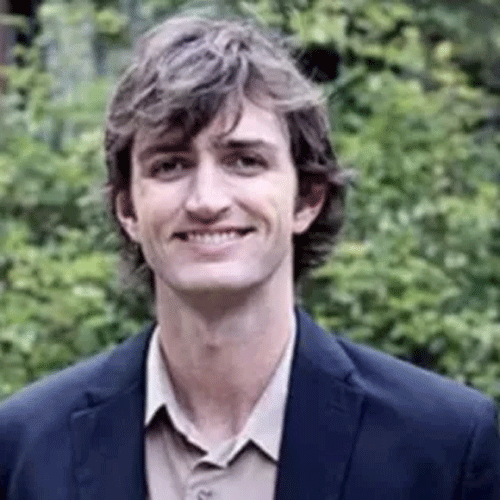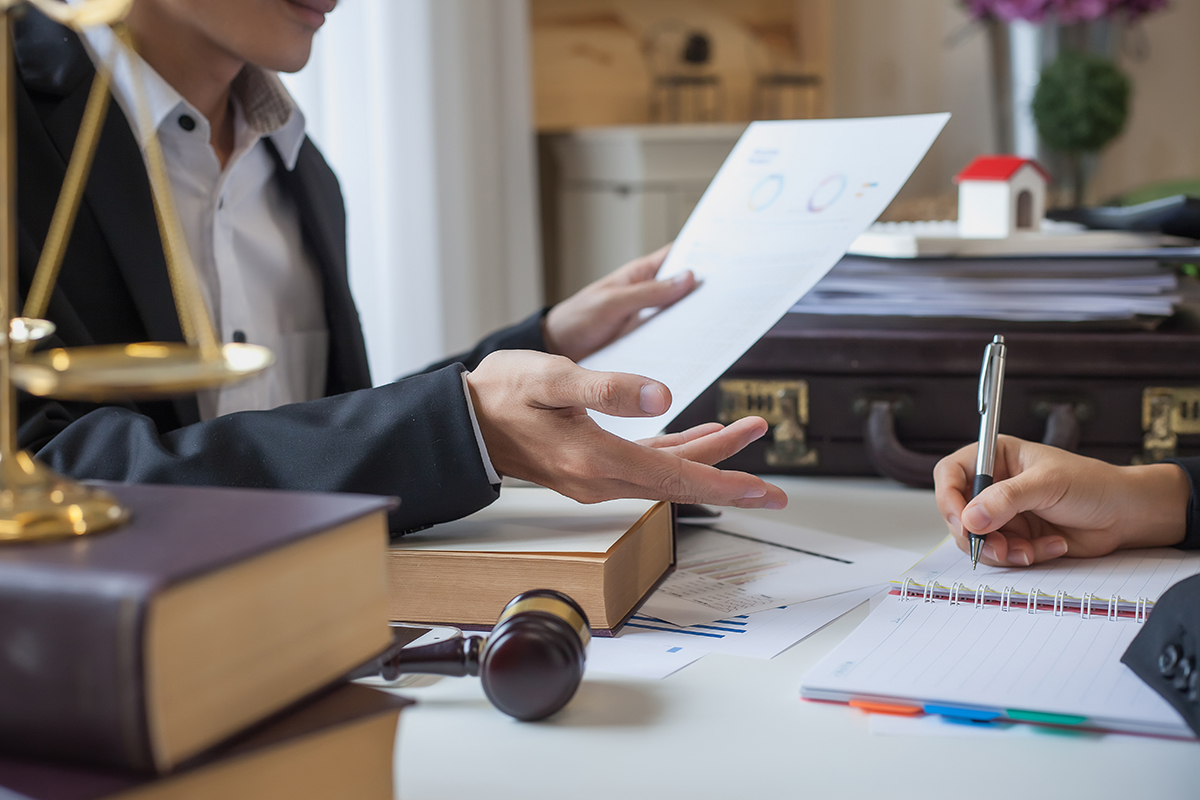A project timeline can be defined as a graphical representation of a project’s deliverables and the sequence or order in which they are to be completed.
The timeline outlines all activities, assigned team members, allocated timeframe, deadlines, priority levels, dependencies, and milestones. It is an overview of what is to be done, thus making it easier for stakeholders to understand their assignments and associated deadlines and keep track of the project’s progress. The timeline is created at the beginning of the project and referenced until the project is complete. It is an essential tool, especially when managing expectations, as each team member can see what is expected. This also ensures time management is optimized.
A project timeline template is a pre-designed tool that contains all the fundamental components of a standard or generic one. It includes spaces for the project activities/tasks to be completed, along with associated due dates, assignments, milestones, and all the other information necessary to keep track of project progress. The template is a blueprint for creating your timeline. It may also include the start and end dates of tasks and individual task statuses (started, in progress, or completed). It is utilized by stakeholders, from project managers and team members to project sponsors.
While a work plan is a detailed breakdown of the project tasks, a project timeline provides this information in a visual format. This article will elucidate a project timeline, its importance, and how to create one for any project.
Why is a Project Timeline Needed?
The benefits span from the onset to the completion of the project. A lack of a timeline may lead to stress, lost potential, and wasted resources. Here are the reasons for creating a timeline for a project:
Ensures everyone has the same goal
Team members will typically have different roles in the team. However, they are all meant to work toward a common goal. A timeline ensures that each member knows when and how to contribute to the project’s completion.
Tracks what happens and when
A timeline will have all the tasks arranged in the order in which they are to be completed. This aspect is essential in tracking which tasks will happen and at what point. This is crucial in determining what is supposed to happen before subsequent deliverables commence.
Make changes easy
Changes should be expected when undertaking any project. Even though it is difficult to predict when changes will be needed accurately, a timeline makes it easy to adapt to any changes that may occur. This is because it is updated whenever a change occurs to include the tasks that have been added or eliminated to adapt to the change. It also makes communicating these changes to team members and stakeholders easy.
Give a high-level view of the project
A timeline offers a big picture of what a project entails. Since it breaks down the deliverables into individual tasks, stakeholders can get context around their roles and understand how their contributions impact the project deliverables. The timeline thus shows individual tasks and broader project deliverables as milestones. This is vital in determining project requirements and potential roadblocks before the project starts.
Manage resources effectively
Projects will typically operate within constraints regarding money/budget, time, and other resources such as labor and equipment. If these resources are not adequately managed, the project may fail. A timeline enables the manager to manage these resources effectively. They can identify when different tasks will be happening and thus plan adequately to ensure the resources needed to complete these tasks are available. This prevents delays and ensures resources are optimally allocated before the project begins.
Make overwhelming projects more manageable
Timelines are an effective way of simplifying what needs to be done on a complex project. They show how the project has been broken down into actionable steps. This makes the project execution more rational and easier to manage, as each task can be identified.
Keep projects on track
A timeline helps the team undertake the project sequentially, from one step to another. If a step is missed, it can be easily and quickly identified, and the situation is reversed. Additionally, it makes it easy to see how far the project has come. This helps prevent delays.
Helps to meet deadlines
Since a timeline will highlight when each task is to be completed, it helps the team meet the set deadlines. In addition, this enhances accountability within the team. This is because delays can be traced back to the member/assignee who fell behind since the timeline shows dependencies between tasks. Also, it helps in determining if there are enough workers.
Prevent scope creep
Scope creep occurs when the project goes beyond its original scope due to unprecedented events, such as the slow work rate of a worker. As such, it can be detrimental to success and translate to issues such as budget bloat. However, with a timeline, events leading to scope creep can be identified beforehand and addressed accordingly and in time.
Avoid bottlenecks
Bottlenecks are parts of the project that have been done too slowly or are too cumbersome, thus resulting in delays. Bottlenecks will often occur when there are fewer resources than required to complete a task or a team member is slow, thus delaying the transition from one task to the next. A timeline helps identify potential causes of bottlenecks and address them before they become bottlenecks.
Types of a Project Timeline
Project timelines serve different purposes, even though they still serve the primary objective of using a timeline to track project progress.
Three timelines are commonly used, which are:
Gantt chart timeline
Gantt chart timeline comprises a horizontal line representing the project’s entire duration. The horizontal line is marked with periods, with each task, action, and event marked along this line as the project progresses. While Gantt chart timelines vary from project to project and industry to industry, they have fundamental components. These essential components include the start and end dates of the project, project tasks, task assignees, task duration, order, links, dependencies, overlaps of tasks, milestones, task status, and project delivery date.
Historical timeline
A historical timeline shows the chronological order in which events are undertaken from left to right or from top to bottom. It is based on the succession of events and shows an overview of the project’s history. It makes it easy to identify critical milestones in a project.
Vertical timeline
This one shows the increments of metrics that can measure a project’s progress or success over weekly, monthly, or annual intervals. Metrics vary from project to project and the specific field. Such metrics include monthly or annual revenue measured by the finance or sales departments, the number of monthly leads or traffic generated by the marketing department, etc.
note
A project timeline can be static or interactive. A static one is fixed and rigid and cannot be altered once created. Consequently, it has to be redone as a whole for changes to be incorporated. A printed timeline is an example of a static timeline. On the other hand, an interactive one is flexible and can be altered as the need arises. Interactive timelines are typically created using software. Such a timeline is dynamic, and certain functions, such as re-planning, progress reports, and task statuses, can be automated.
Essentials of a Project Timeline
Before preparing, it is prudent to learn the essentials of a functional project timeline. These are the sections that need to appear in the timeline so that it can serve its intended purpose.
Below is a list of its essential elements:
- The project tasks (action items)
- Associated due dates
- Task duration of each task
- Dependencies between tasks
- Assignees—team members assigned each task outlined in the timeline
Key Steps to Making a Project Timeline
Preparing a project timeline can be time-consuming and exhausting, especially if the procedure is not followed. Below are the key steps you can follow to create one for any project:
Analyze the scope of the project
The project scope should guide the timeline. So, first, analyze the scope and derive essential details such as deliverables, duration of individual tasks, the project, and exclusions. This information is then used to determine the resources needed to complete the project and establish existing constraints successfully. Finally, this information can be portrayed in a project scope statement, which is then shared with the team.
Identify tasks dependencies
While it is ideal to have tasks completed simultaneously and independently, as the project advances, tasks become dependent on each other, such that specific tasks cannot begin unless others are completed. To identify these dependencies, you need to ascertain the order in which tasks will be undertaken. So, create a rational sequence of tasks, highlighting the dependencies before work begins.
While doing so, consider the following factors:
- Task dependency occurs when a task cannot be completed before another task is completed.
- Resource dependency occurs when a resource cannot be utilized simultaneously.
- Concurrent tasks are tasks that can be undertaken simultaneously.
Once these three relationships have been identified for all tasks in the timeline, they should be noted for each task. Then, inform each team member if another member will be waiting for them to complete a particular task so they can plan their schedule and prioritize finishing the tasks on time.
Split the project into milestones
After listing the tasks and activities that need to be completed, subdivide the list into milestones. Each milestone should comprise several manageable tasks that achieve a predetermined objective or critical achievement in the project. Milestones are meant to simplify the timeline for easier planning. They also simplify progress reporting, as stakeholders find it easier to understand progress in terms of key milestones rather than tasks. Milestones also help the team remain focused and prioritize the right tasks based on the sequence of milestones.
Estimate and assign time to each task
Time is a significant metric for measuring the progress of a project and, thus, must be included. Estimates of how long each task and deliverable will take to complete must be derived to allocate timeframes to deliverables and tasks. To do so, identify each task listed under each deliverable, consult the project team, and develop a realistic and informed estimate of how long (the duration) each task will take. Collaborating and consulting with the team members is essential in this step as it helps to avoid underestimating or overestimating how long each task might take.
Assign tasks to your team
Next, assign the tasks to the respective members. Each task should be assigned to a capable and qualified team member. This can be achieved by identifying the resources needed to complete the task per the stakeholder’s expectations and matching this with the team’s talents and skills.
Build the project timeline
Lastly, with all the components identified, create the final draft of the project timeline. First, input how long the project will take–this can be in days, weeks, or months. Then, add the tasks based on priority and time estimates and indicate the dependencies. Next, indicate the milestones on the timeline. Include a reasonable number of milestones. Various options are available for creating a timeline. The timeline can be created on a spreadsheet or software, or you can use a template.
Project Timeline Templates

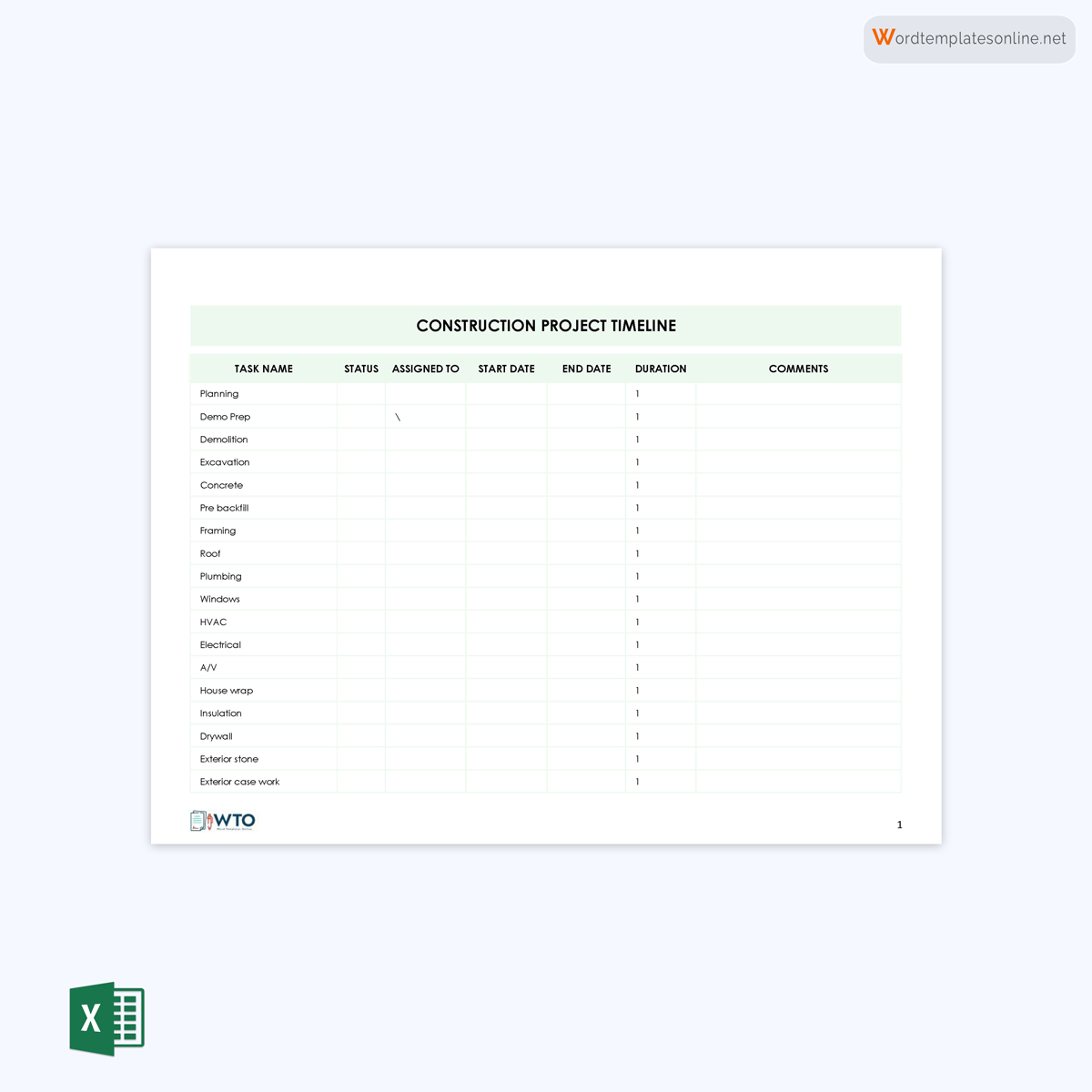
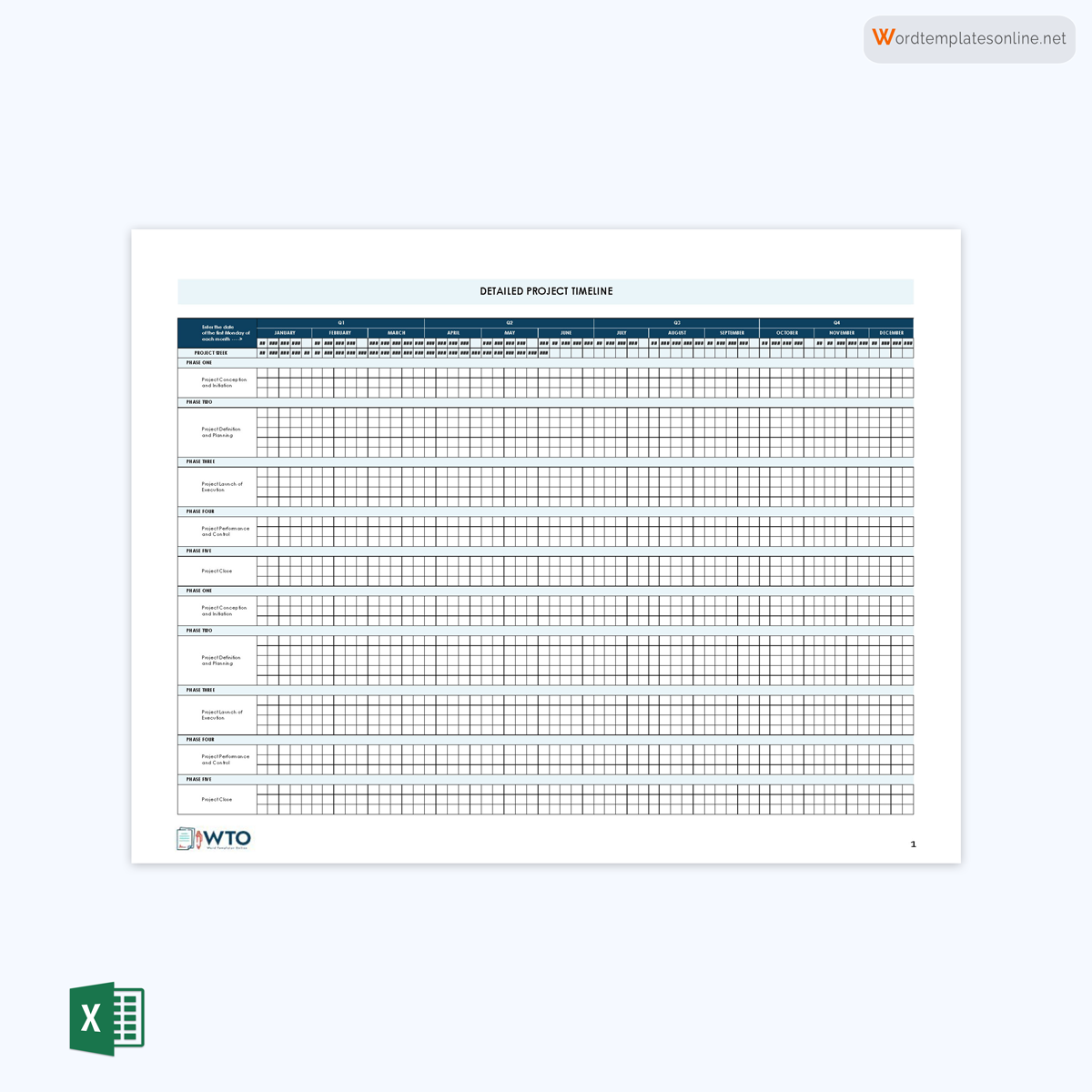
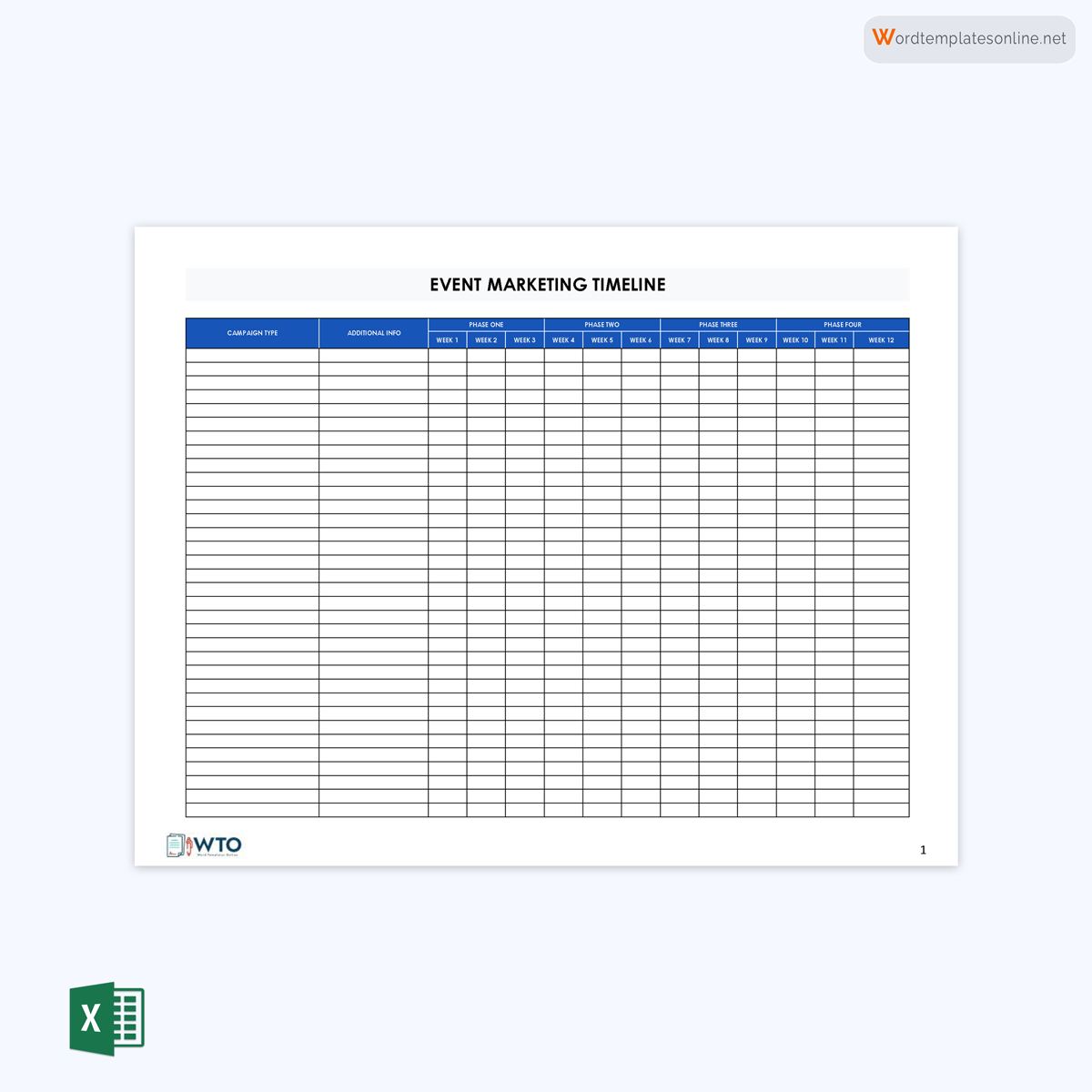
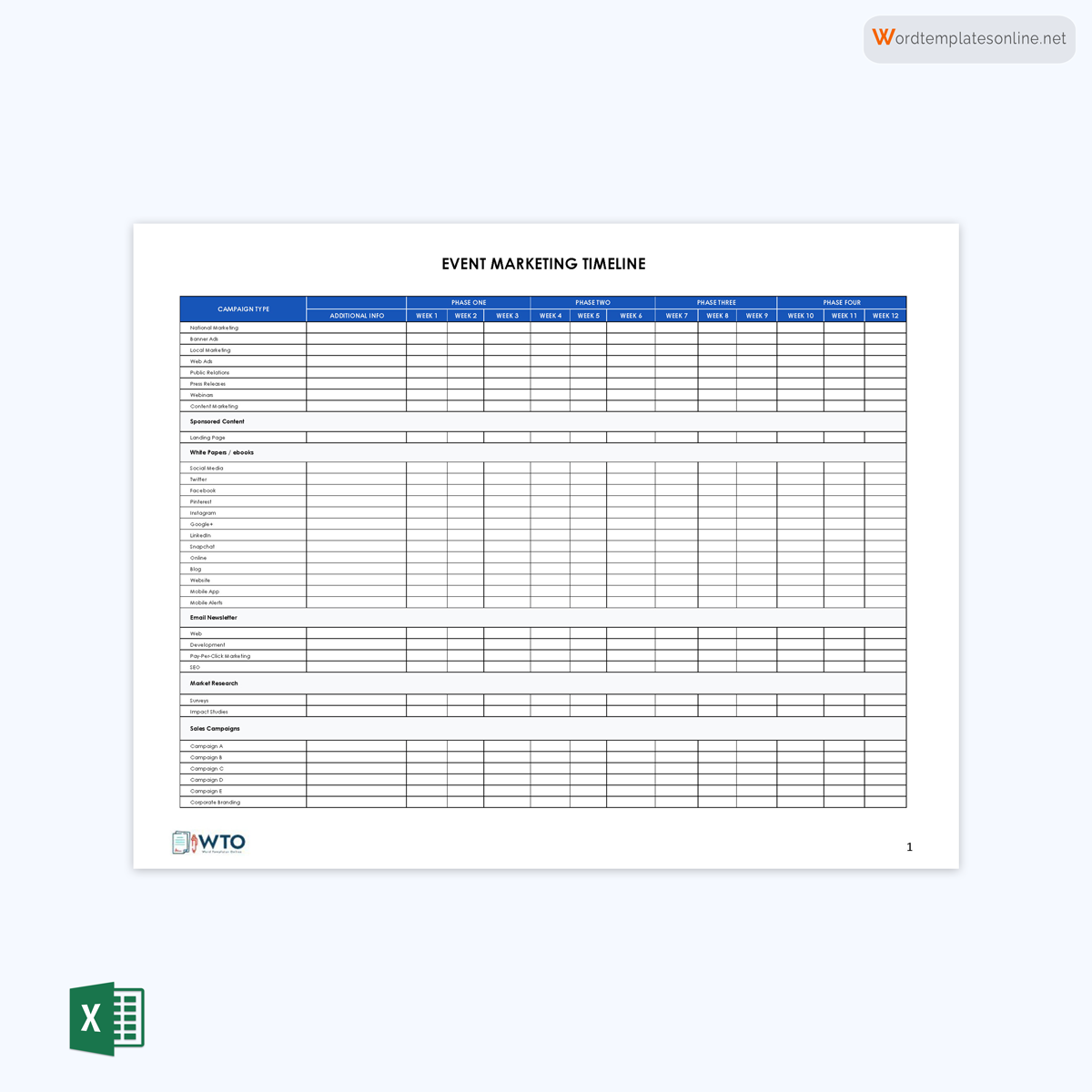
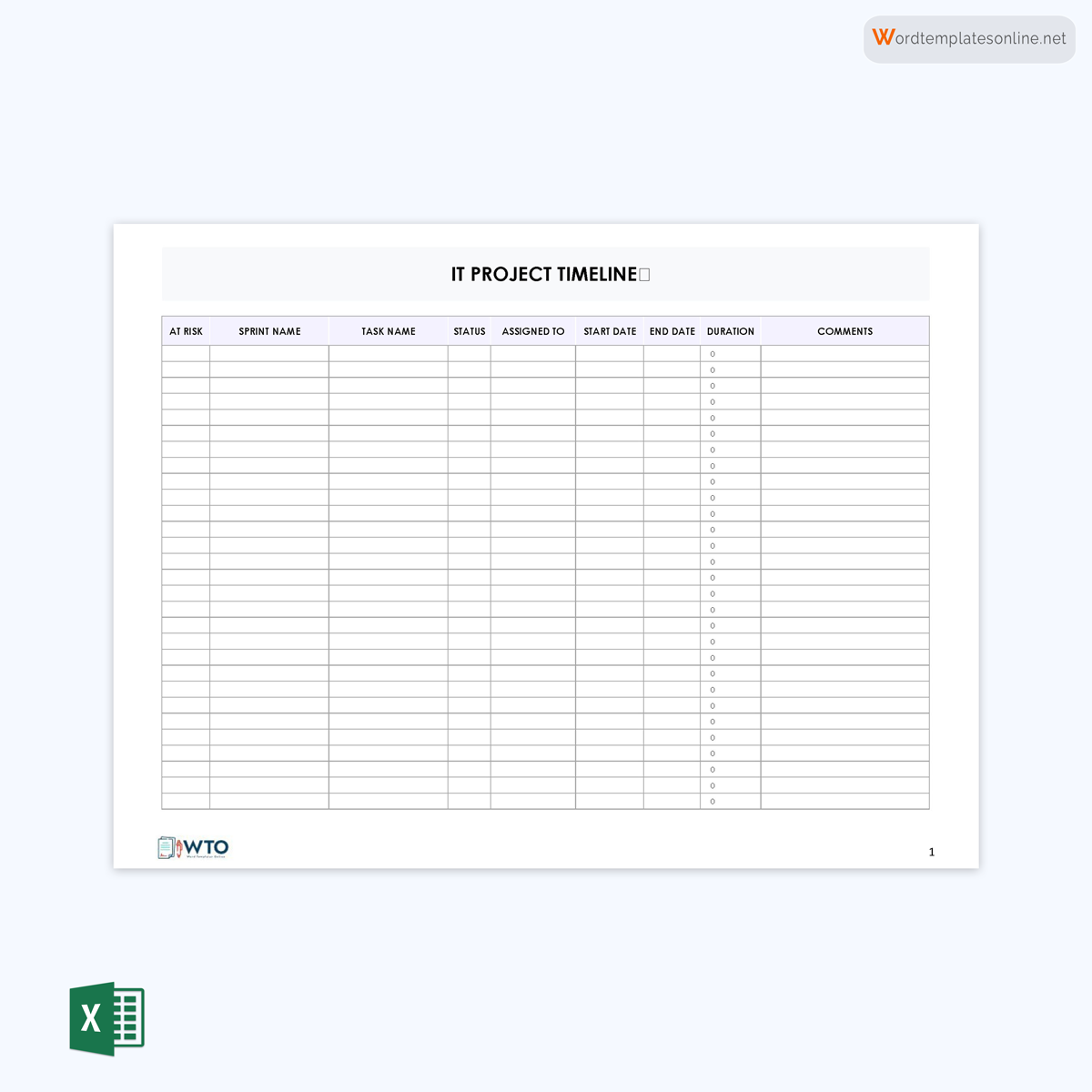
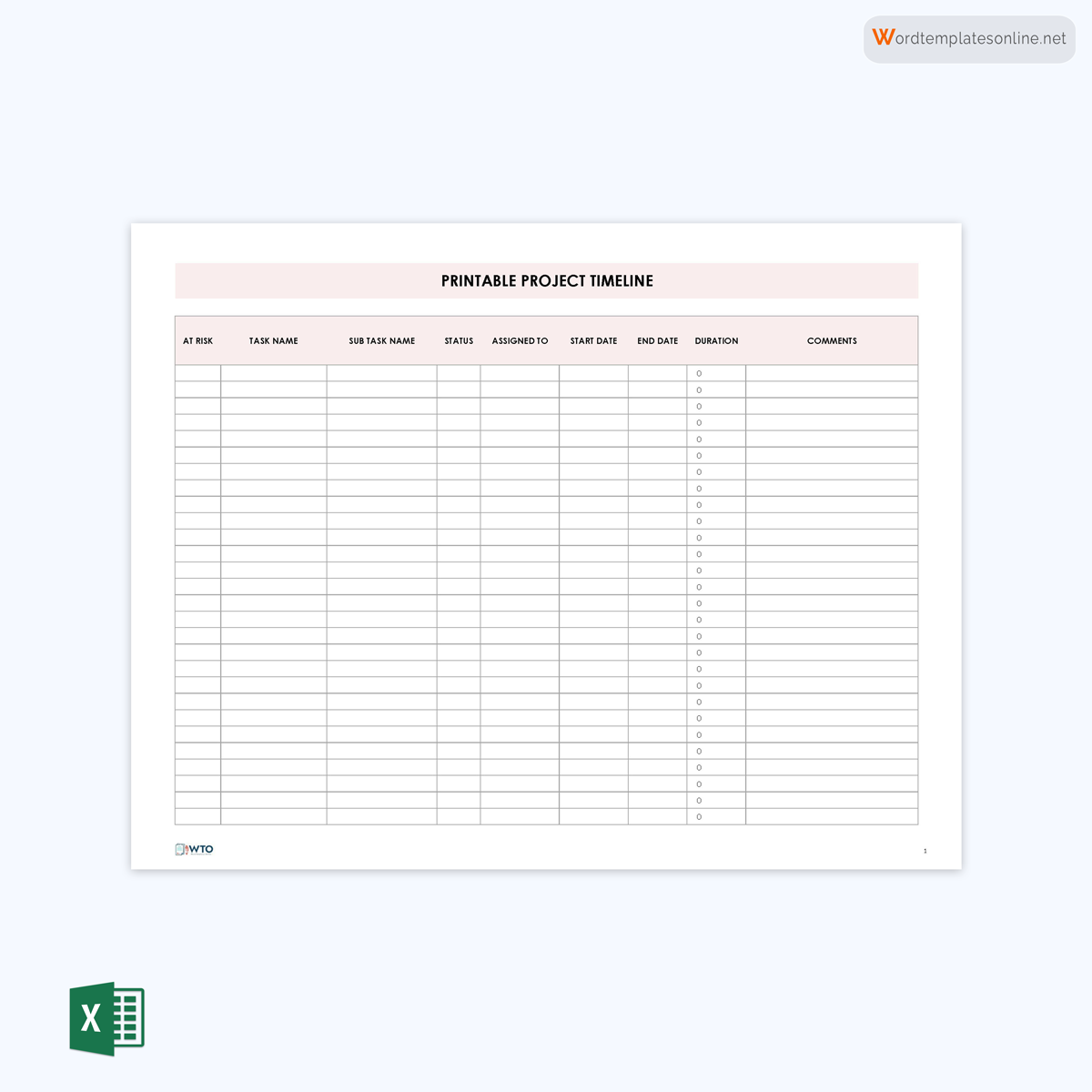
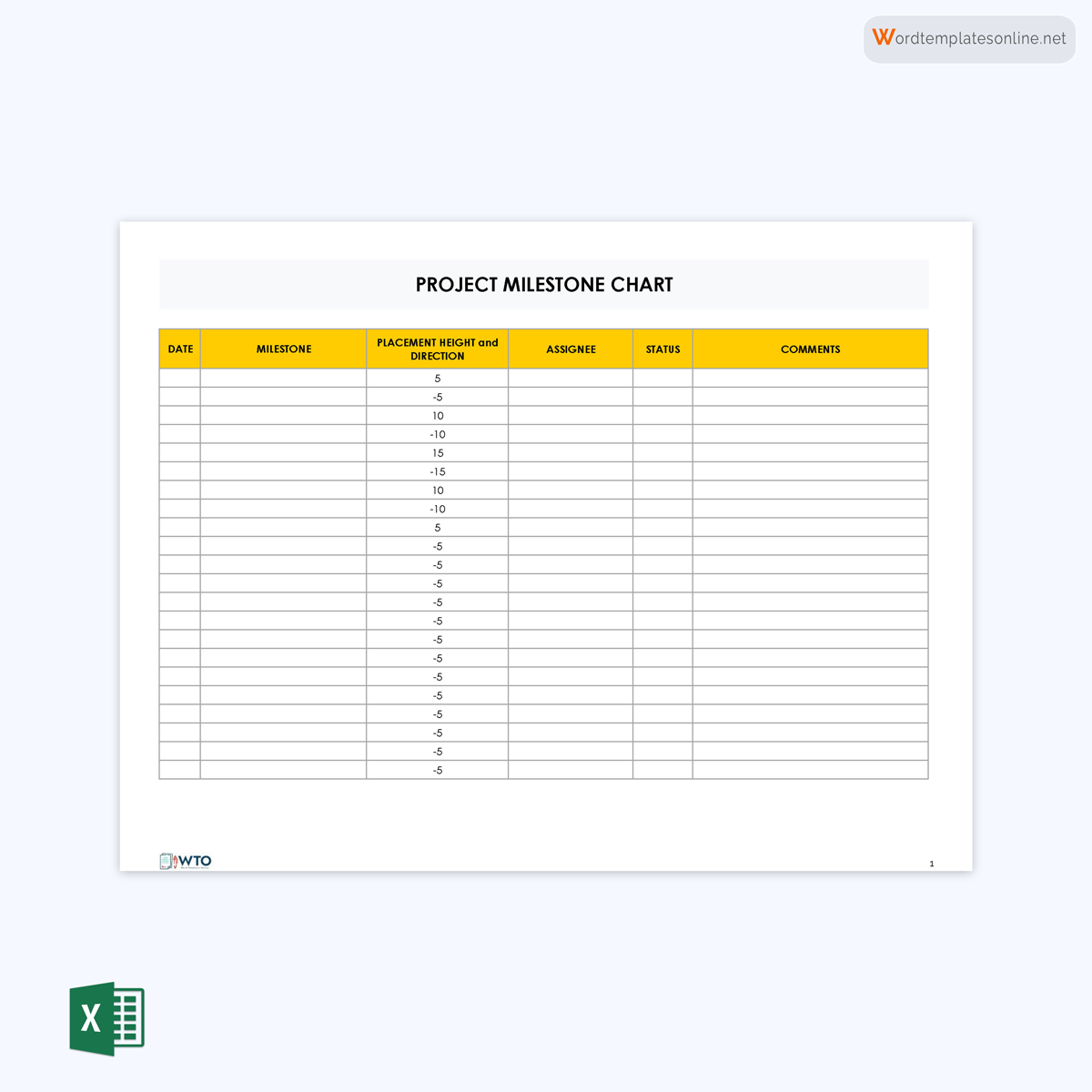
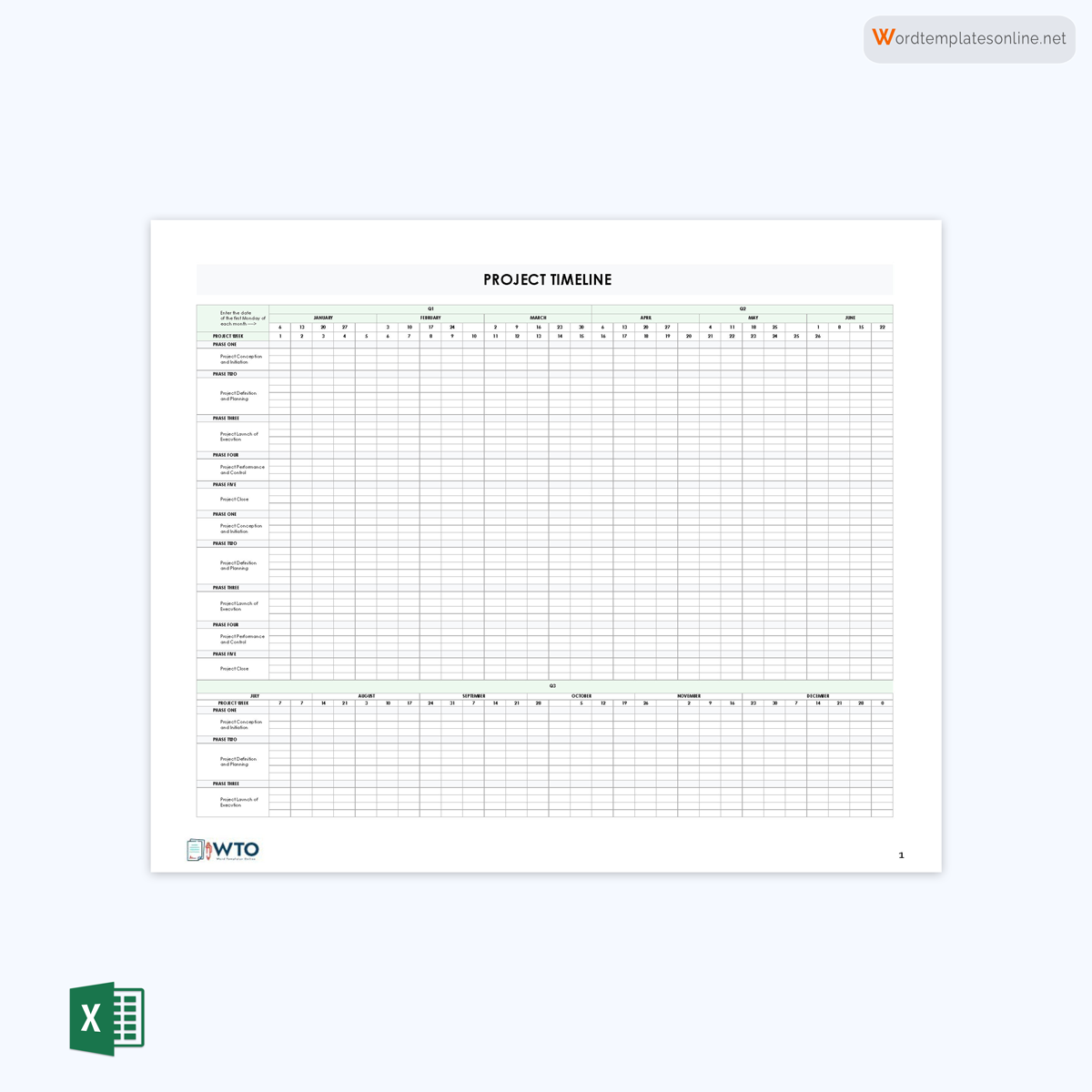
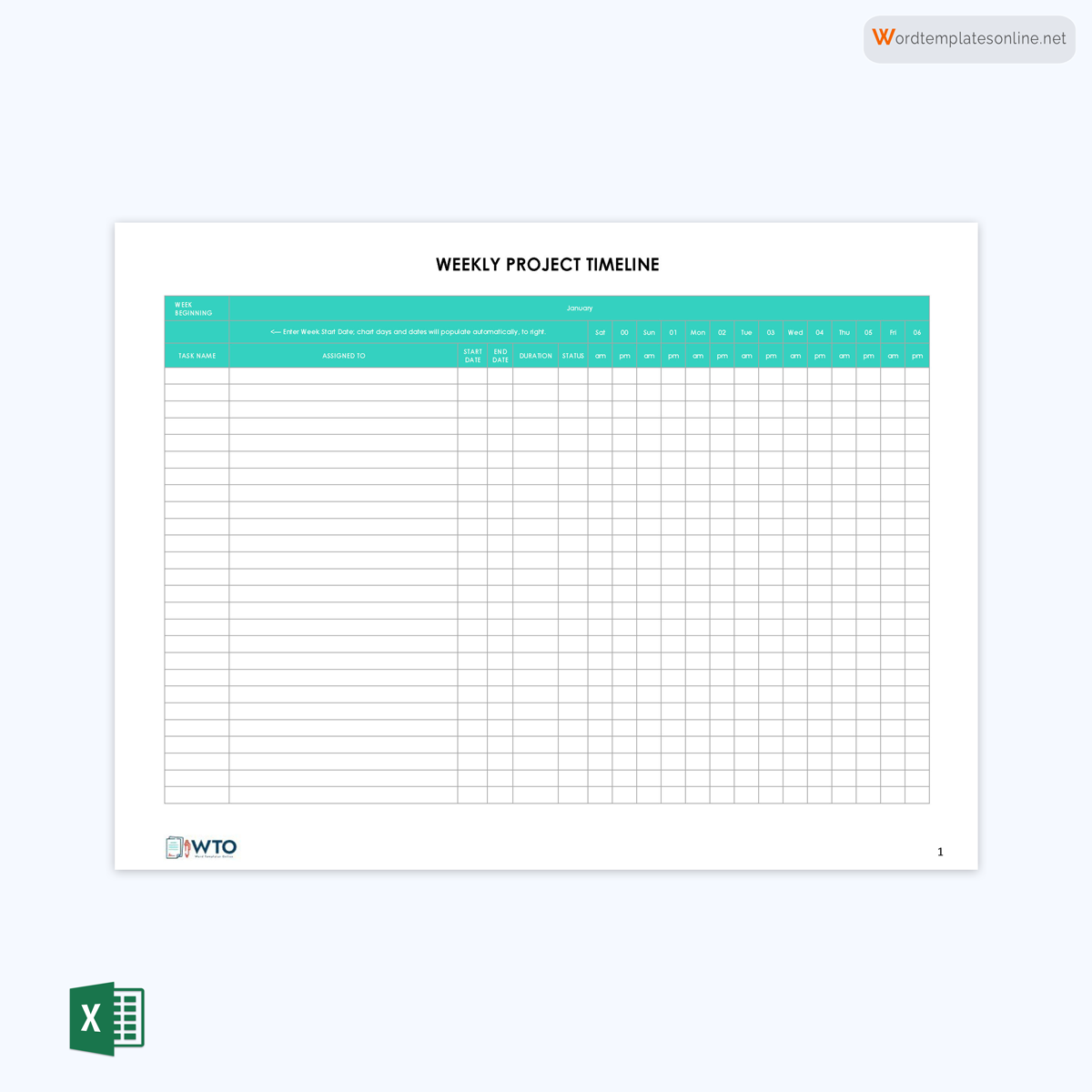

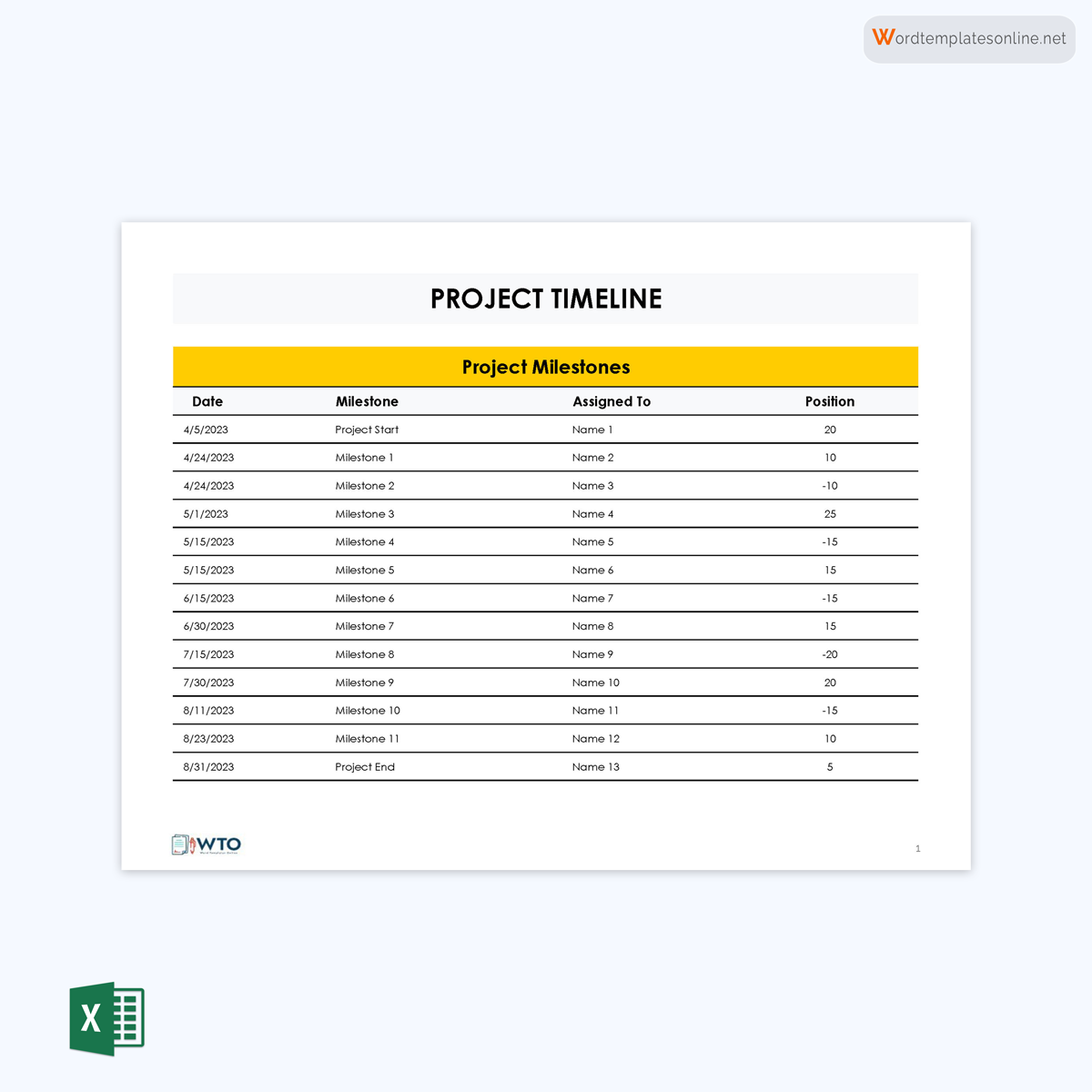
Things to Consider
Apart from the things mentioned above, there are other factors that you must keep in mind when you create your project timeline.
These factors include:
Check for resource availability
Resource availability is a driving force when it comes to project execution. You, therefore, need to assess resource availability when assigning tasks. You may find some staff members are overstretched, or their schedule is incongruent with the project’s schedule. Thus, they may be unable to finish their assigned tasks within the allotted timeframes.
However, if you are aware of such an issue beforehand, you can prepare by adding staff, hiring external workers, or adjusting the timeframes indicated in the project timeline. This also prevents overworking certain team members due to short staffing.
Analyze and plan for the next time
You should analyze previous projects and identify any issues and challenges that arose and affected the project timeline. Then, address those issues when creating a new timeline. You should also look for improvement areas, even if no issues were identified in the previous projects. Examples of improvements include changing roles, adding staff, buying new equipment, optimizing processes, etc.
Challenges in Creating a Project Timeline
Specific challenges have been observed when it comes to creating project timelines. One major challenge is estimating the amount of work that can be completed within the estimated duration. Such estimates are difficult to determine accurately. A consequence is that it takes a lot of time to determine duration estimates, which may eventually be skewed and inaccurate.
Task duration is challenging to estimate, as it is a multi-faceted function of the assignee’s competency, dependencies, resource availability, task complexity, natural events, etc. These factors make it challenging to reach a definite estimation.
Frequently Asked Questions
A timeline is beneficial to all projects, whether they are miniature or colossal. Hence, it is advisable to create a timeline whenever undertaking any project.
Timelines guide the team on what to do at every stage. They are, therefore, flexible, as they can be altered to accommodate any changes that may occur during execution. Furthermore, since all the steps and tasks are outlined, they help steer the team back in the right direction whenever they have deviated from the original plan.
